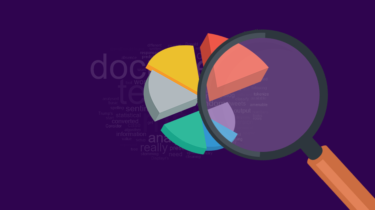Python: Update All Packages With pip-review
Introduction Updating Python packages can be a hassle. There are many of them – it’s hard to keep track of all the newest versions, and even when you decide what to update, you still have to update each of them manually. To address this issue, pip-review was created. It lets you smoothly manage all available PyPi updates with simple commands. Originally a part of the pip-tools package, it now lives on as a standalone convenience wrapper around pip. In this […]
Read more


